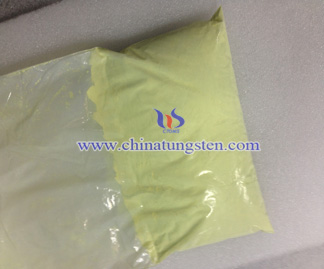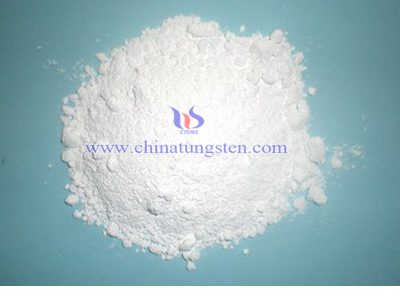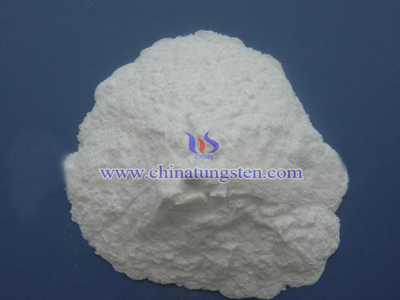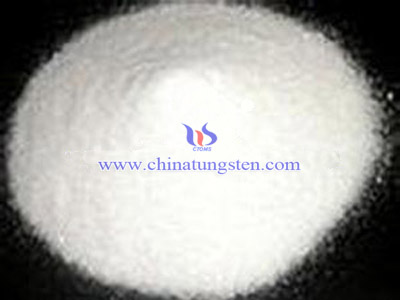Nano Tungsten Trioxide in LFP Battery
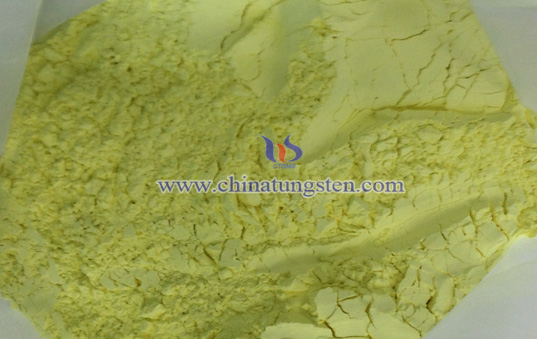
lithium iron phosphate is currently one of the cathode materials that has received wide attention. The theoretical specific capacity is 170mAh/g, and the actual specific capacity can reach more than 150mAh/g. Its main characteristics are that it does not contain harmful elements, is low in cost, and has very good safety. The service life can reach 10,000 times. These characteristics make lithium iron phosphate materials quickly become a research hotspot, and lithium iron phosphate batteries have also been widely used in the field of electric vehicles.
The shortcomings of lithium iron phosphate are also more obvious, that is, low energy density. There are two reasons. One is that the voltage of the lithium iron phosphate material is only about 3.3V, which is lower than other cathode materials, which makes the storage energy of the lithium iron phosphate battery lower; the other is that the lithium iron phosphate has poor conductivity and needs nano-scale. And coating can obtain good electrochemical performance, which makes the material fluffy and the compaction density is low. The combined effect of the two makes the energy density of lithium iron phosphate batteries lower than that of lithium cobalt oxide and ternary batteries. Therefore, lithium iron phosphate batteries are mainly used in electric buses and a small number of passenger cars.
Nano tungsten trioxide has large specific surface area and excellent lithium iron diffusivity, which can greatly improve large current charge and discharge. It can improve the density of battery to fit in smaller and lighter vehicles.

